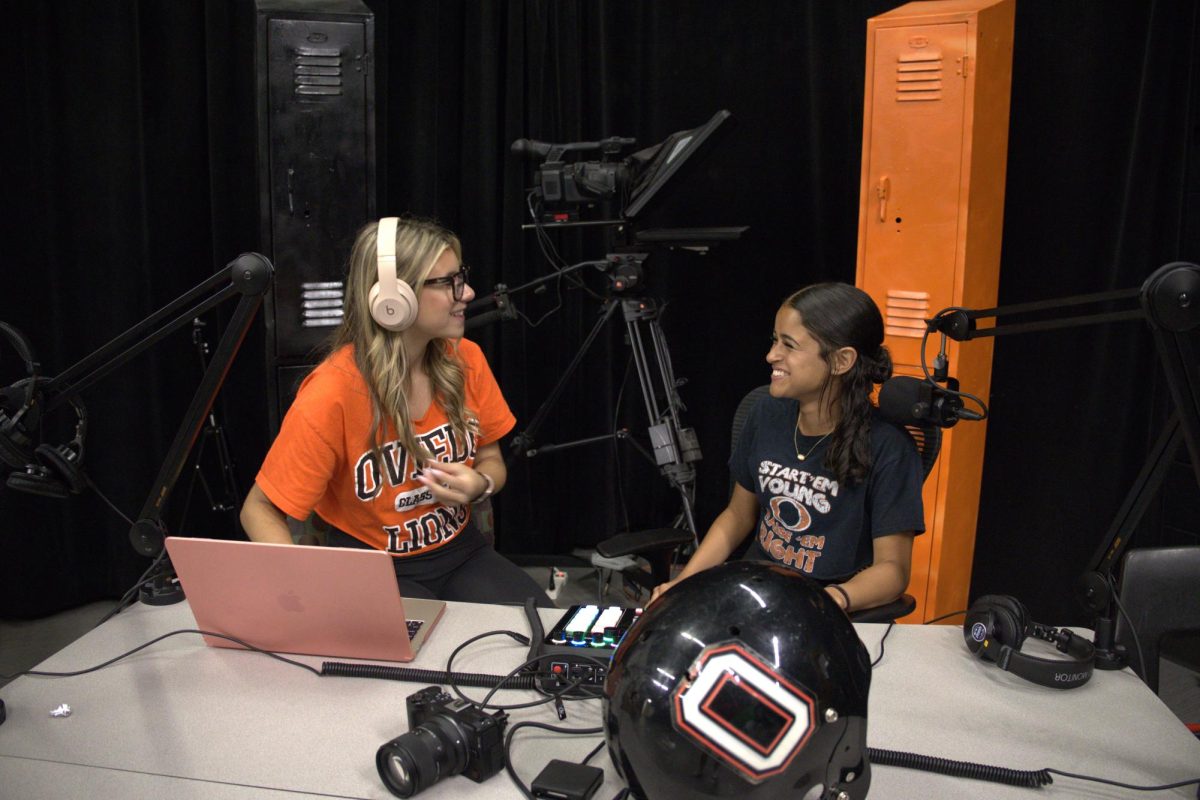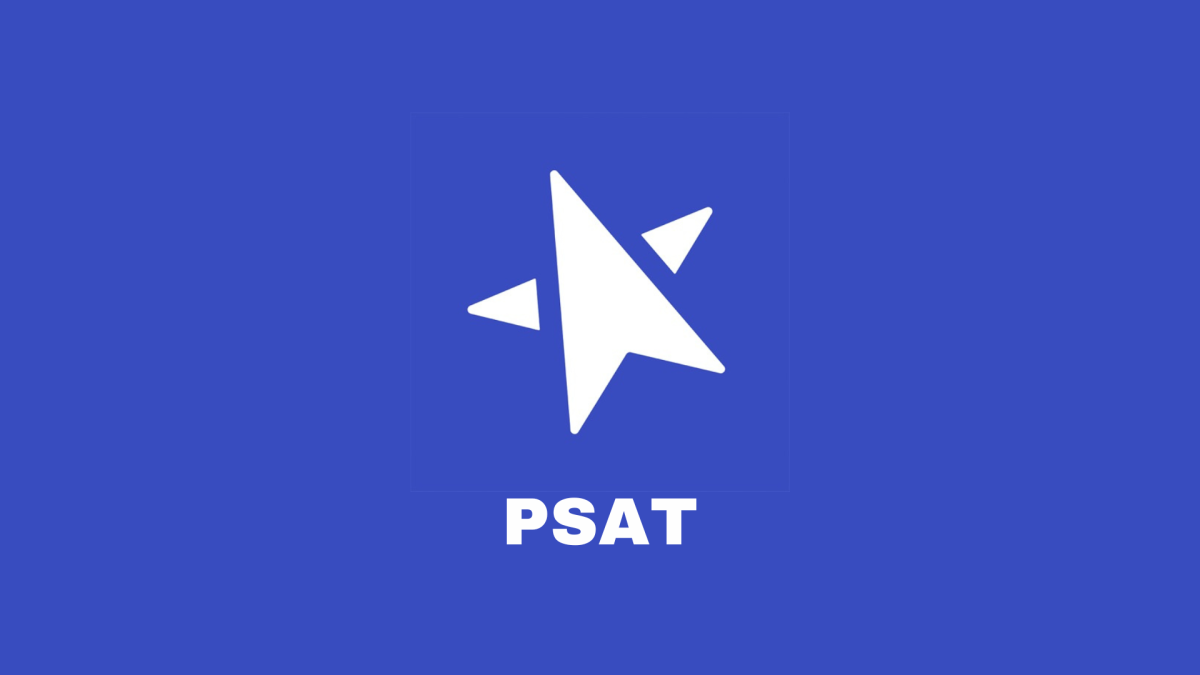The week of Preliminary Scholastic Aptitude Tests (PSATs) will soon be behind us. With that, we can notice one distinguishable difference from every other PSAT taken prior to this: the replacement of test packets and bubble sheets, with an entirely new online interface. This new program, available through the Bluebook system, vastly outshines the previous way of testing in both practicality and the comprehensive test-taking experience. There will always be traditionalists in the midst who prefer paper and pencil to this new-fangled online method of doing things, but they are entirely wrong. In terms of convenience and functionality, it cannot be denied that this new method of doing things is an improvement.
For starters, such examinations as the PSAT are at least semi-, or entirely annual. So knowing one of these tests is right around the corner is a rather foreboding feeling. A mountain of paper upon walking into the testing room does nothing to ease one’s nerves either. However, such a sight instead juxtaposed with the familiar sight of a computer lab aids in lessening a student’s anxiousness. Now that could be subjective for different people, but in most cases, the familiar is far more preferable to the unknown.
Practicality and execution are also improved when the test is online. The grading process of these assessments can take months, as they have no other choice but to be marked by hand. It can take an equally long time to get a test result back, as one student’s test could be at the bottom of a hefty stack of exam papers. Online, however, grades come in immediately after completing it; it’s just a matter of how long it will take to be sent to the student. It also makes it a lighter load on the people who have to grade it. In the words of J.R.R Tolkien, “marking examinations [during the summertime] is a very laborious, and unfortunately also very boring task”.
Arguments can be made that long exposure to screens would damage the eyes of those taking the test for these extended periods, but this claim is nothing short of ridiculous. These people are just simply looking too far into this notion. The idea itself is virtually impossible, as such a little amount of screen time would scarcely contribute to one’s eye damage.
In fact, the implementation of screens can actually be viewed as a benefit, as the screens themselves can help students stay more aware and awake while taking the test early in the morning. According to Nemours, a youth health institute, light from laptops and computer screens can trick the brain into being more awake.
The PSAT is better online now. Adapting to the current times is something that is occurring with all things of this present world. Now, students can look forward to the new and improved PSAT, which will always be appreciated.








![Prom king Colin Napier and queen Leah Hopkins dance the night away during the Golden Gala on April 26th. Prior to the prom, the Student Government must make many preparations over the course of months in order to ensure it goes off without a hitch. However, their work eventually pays off when it comes time for the dance. “We set up [the prom] the day before, and it’s horrible. We’re there for a very long time, and then we get our beauty sleep, and then we get ready for prom the next day,” Aubrie Sandifer said.](https://oviedojournalism.com/wp-content/uploads/2025/05/Oviedo-197-800x1200.jpg)

































